The twins bedtime is always interesting at our place….I sort of look forward to it but I sort of don't…as I said, it's interesting!
Please keep in mind that although I am a parent and trained early childhood professional I am not an OT, not trained in sensory processing, diet or sleep disorders. I'm just sharing what seems to have worked for us.
1. Eating a Failsafe Diet
2. Add a Little Weight
3. Tuning into Texture
4. Massage and Compression
5. Let Them Chew
6. Everybody Jump and Swing
7. Routine and Transitioning
8. Build a Bed Cocoon
We've also recently added a mosquito net canopy so I can pull the net around the top half of the bed to enclose her a little. To cover the wooden slats at either end of the bed I just added a few cot blankets draped over the ends to ‘enclose' the bed even more. I have positioned the bed facing away from the door because I find if Ruby can look out the door she will do so for a very long time trying to see what's happening outside her room which usually leads to not being able to switch off.
9. Let's hear it for the Noise!
As briefly mentioned earlier I also have a pedestal fan blowing in the room as the white noise seems to soothe. If you haven't tried using music or white noise to block out family background noise then perhaps give it a try.
10. Build a Safe Cave
I felt awful seeing her sleep on the floor each night so I dragged inside the girls little play tent (like those ones you put the plastic balls and tunnels in), added a doona and lots of pillows and cushions and soft toys to make a dark, soft little cave and what do you know? She slept in there every night quite happily for months.
I worked on some strategies (see ‘bed cocoon' above) to make her single bed a more secure and happy place to sleep and now she loves her bed. I just had to let go of the expectation of her getting into a big girl bed straight away and transition her to the soft safe cave first.
My Pinterest board… Support for SPD and AutismJoy from Pinkoddy shares lots of great SPD articles written by a Mum for other Mums as she finds her way with her own children's diagnoses
Dayna Lemon Lime Adventures explains so clearly what SPD actually is in a blog post that is the start of wonderful series on all things SPD, I encourage you to have a little look around at all the other fab posts too. She is an early childhood educator and Mum of a little one with SPD so knows what she is writing about!
Dayna also has a helpful Pinterest board you can explore Sensory Processing Resources
The Inspired Treehouse is a blog written by 2 occupational therapists and there are so many helpful articles over there I cannot begin to list them all. I do suggest you start by reading the post about the 5 myths OT's would like you to know and then begin exploring more articles. They really are helpful and everything is explained so clearly. They have also written a post about sensory smart sleep tips from a professional OT angle (unlike just my Mummy/educator advice!) in this article
A Sensory Life explores the sleep challenges with sensory kids and also offers strategies in a wonderful article.
Suzy Homeschooler shares her thoughts on why sensory bins and play is so important and explores some factors which may have contributed to the rise in SPD type issues in recent generations. There are also some great links at the end of the article.
Little Bins for Little Hands shows us how easy and fun it is to set up sensory bin play in this fantastic collection of ideas on her blog.
As we are now entering Summer here I also wanted to share this Summer Survival Kit for Sensory Processing Disorder…some great ideas and things to think about in this article!
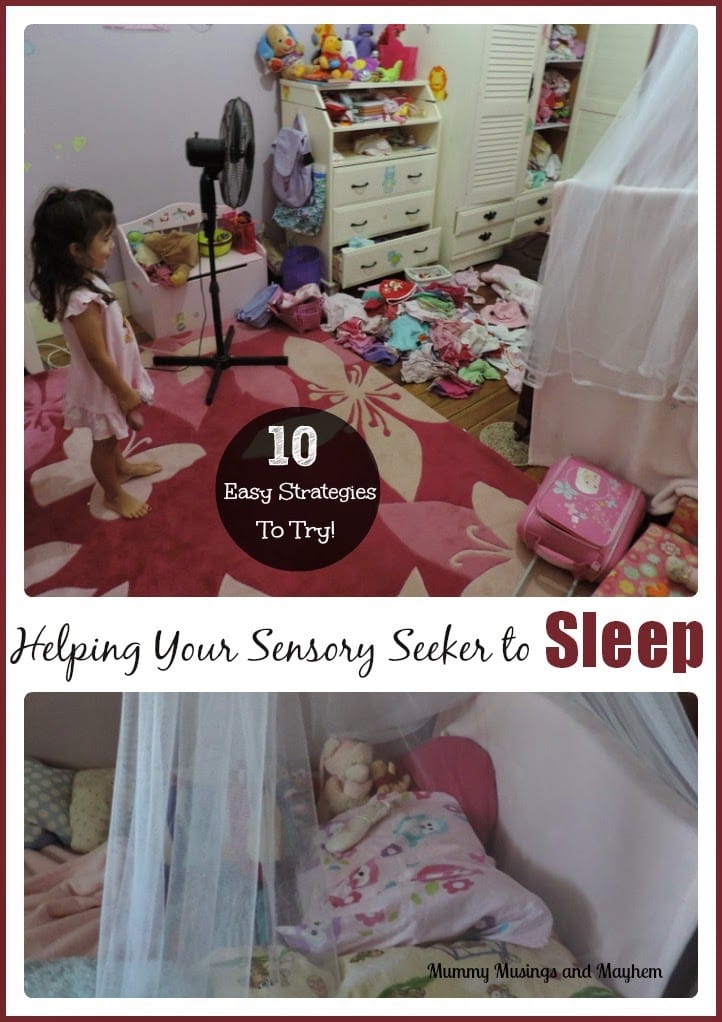
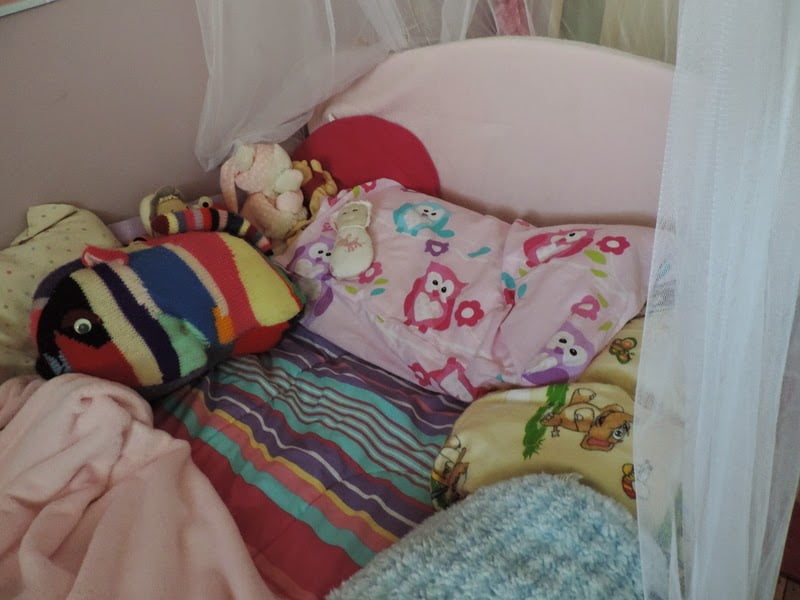
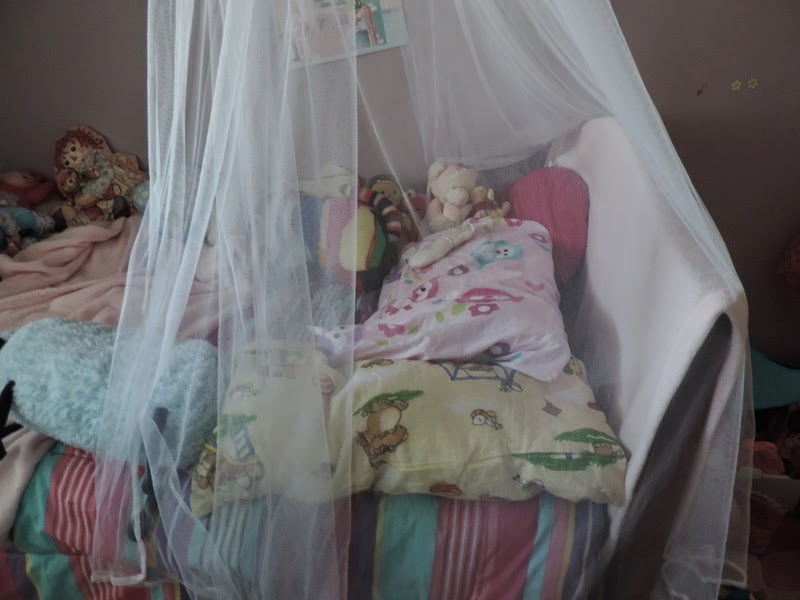
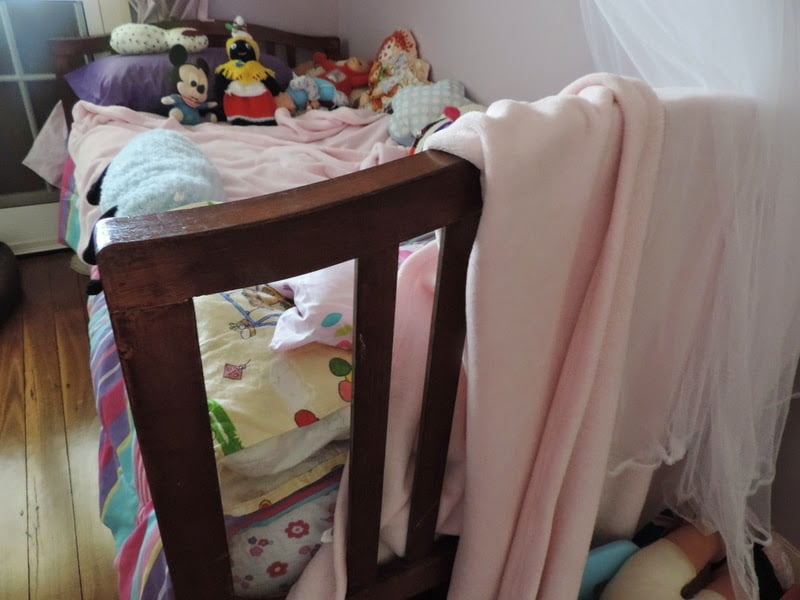

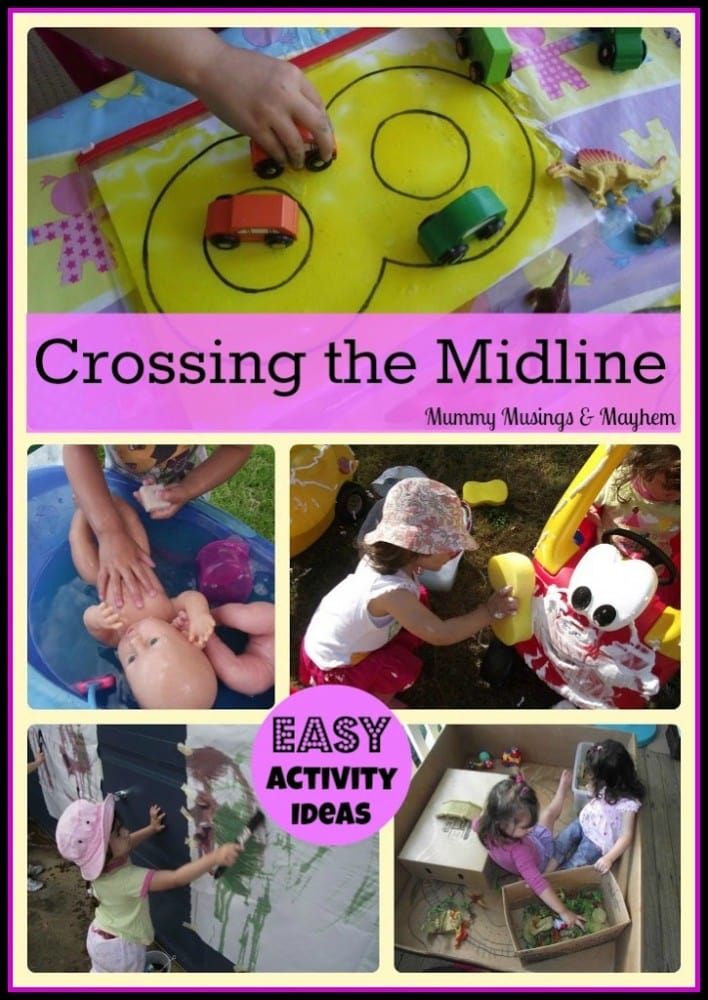
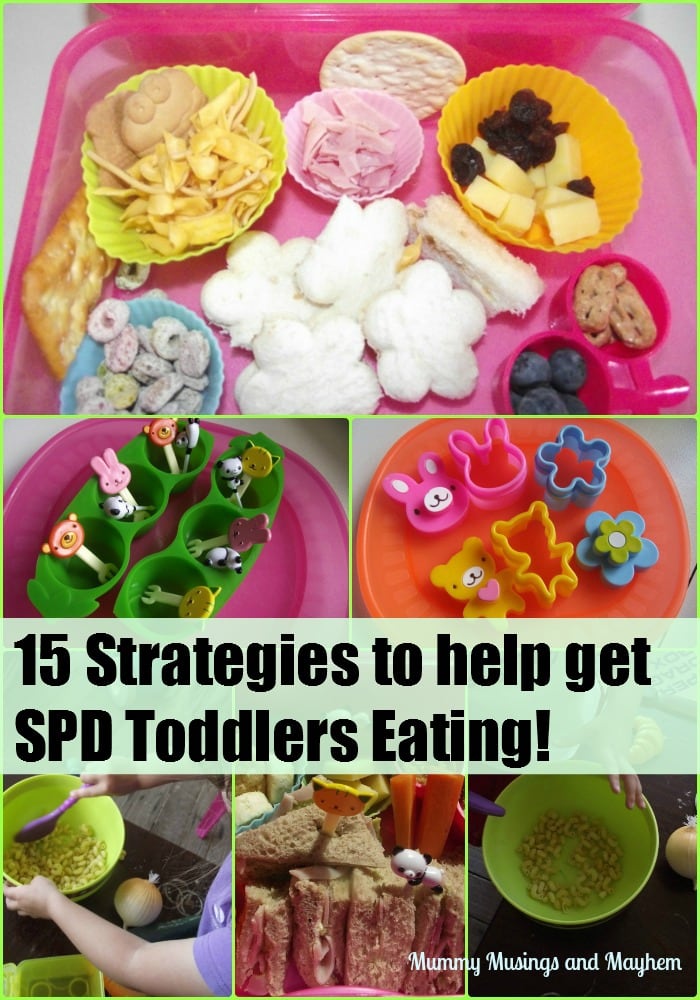
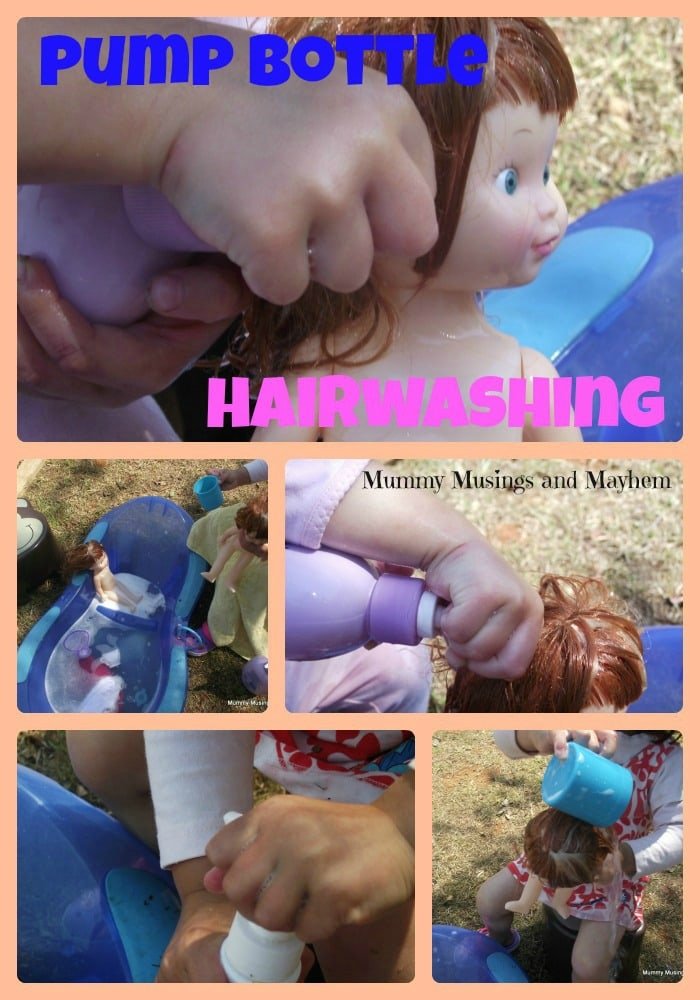
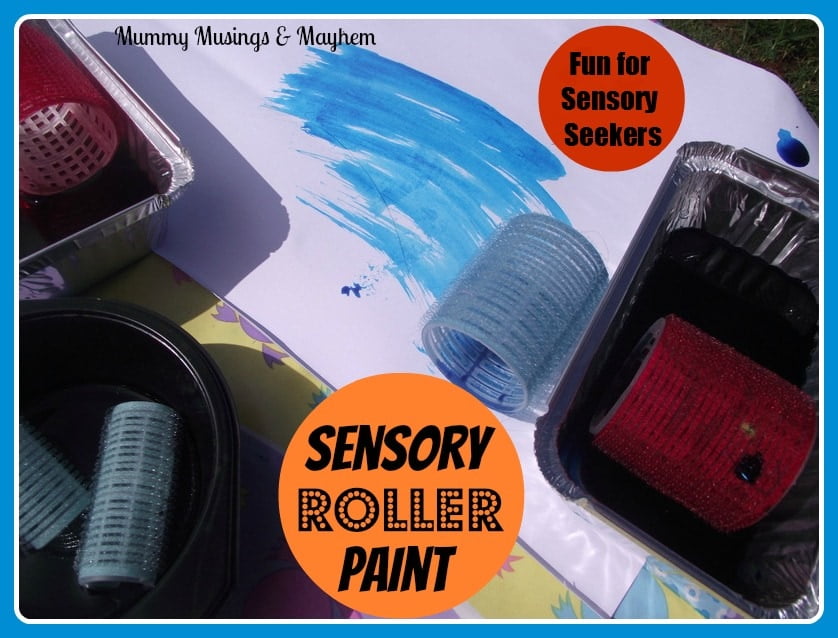
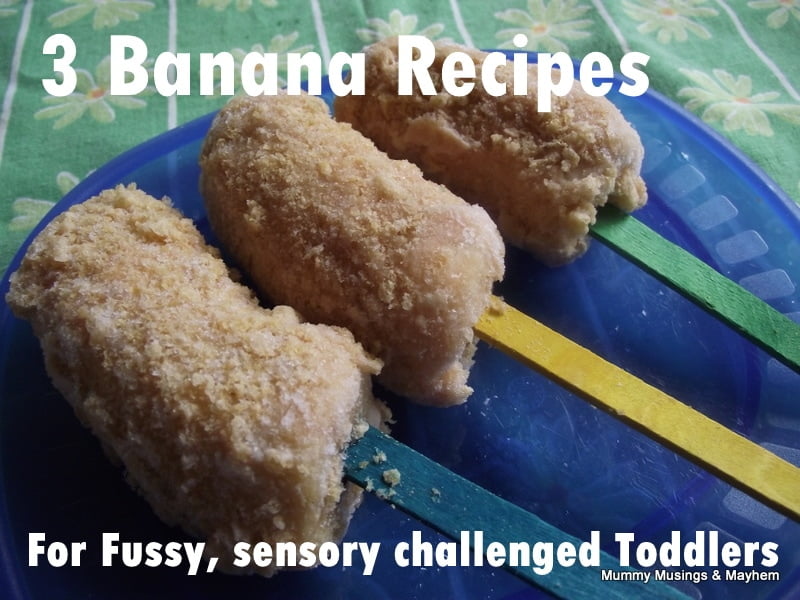

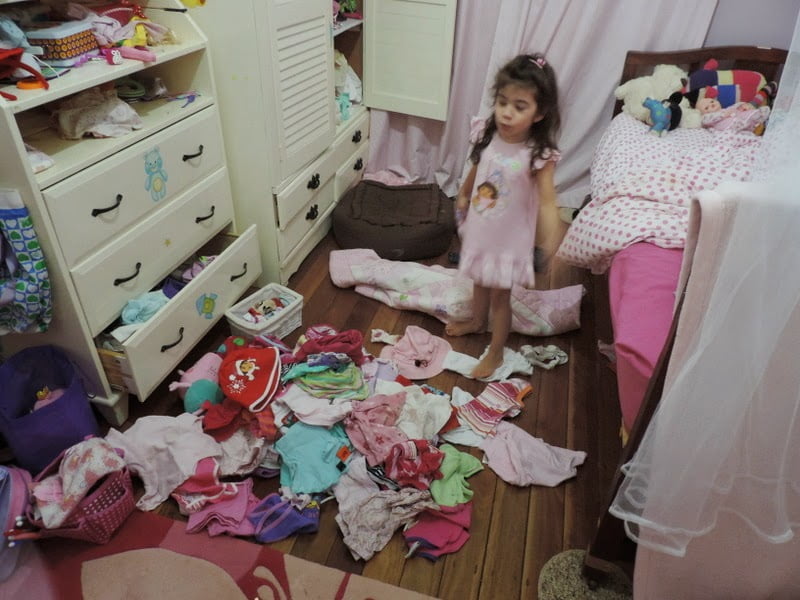
Thank you for this thought provoking post. We have a little one that really struggles with getting to sleep. I have thought about solutions to the problem, but these tips and ideas are so much more concrete. Looks like I have some research ahead of me, but I think it will definitely be worth it.
Well done Mom,
I am an OT that does work with sleep issues and you have provided a comprehensive list of functional strategies.Mom’s often know best!
I smiled as I read through these,
my 7 year old has implemented almost all of these herself and we’ve went with it another one she likes to do is write anything down on her little piece of paper that she is thinking about just before she is sleeping so her head is nice and clear and ready to sleep 🙂
Thank you so much for including The Inspired Treehouse as a resource in this post! As OTs, we love the idea of using sensory strategies to help little ones get the sleep they need for healthy growth and development!
This article perfectly describes my 2 year old boy…so much so that I was nearly in tears over finding someone who really and truly gets my nightly struggle! It has become worse over this past week when we moved from a cot to toddler bed. Not because he wants to wander but because he wants to sit on and roll around his bed *constantly*. Getting his nappy changed, brushing his teeth etc were all hard before this but now it’s a hundred times worse as he constantly bucks, bodyslams and rolls towards it! I am going to re-read your tips and find ways to implement some of them. We introduced the concept of “under” today as, until now, he has refused to go under the duvet (too lightweight I think for tactile input plus he hates feeling trapped). Weighted blankets might work,but the cocoon looks good too.
Anyway; thank you for sharing this and helping me feel less alone in my struggles!
Hi Stacey, so glad you found the article helpful, even if it is just to know that you aren’t alone in the struggle!I’d also suggest getting in touch with an occupational therapist for some support – they really understand sensory needs and have been so helpful for us , hang in there xx